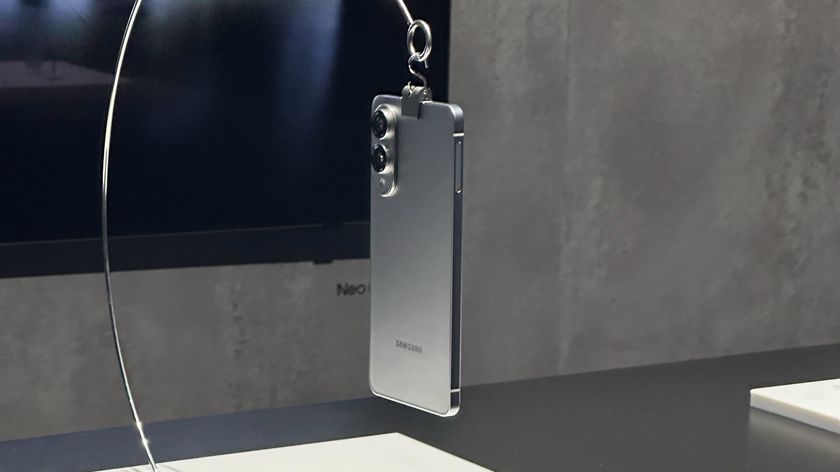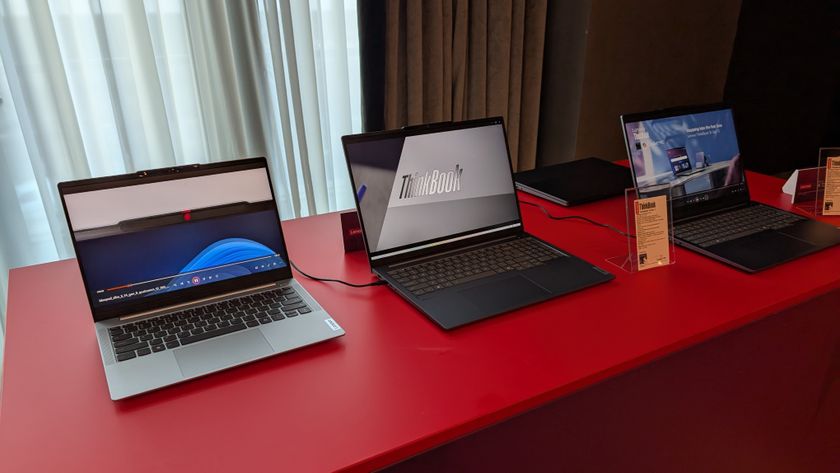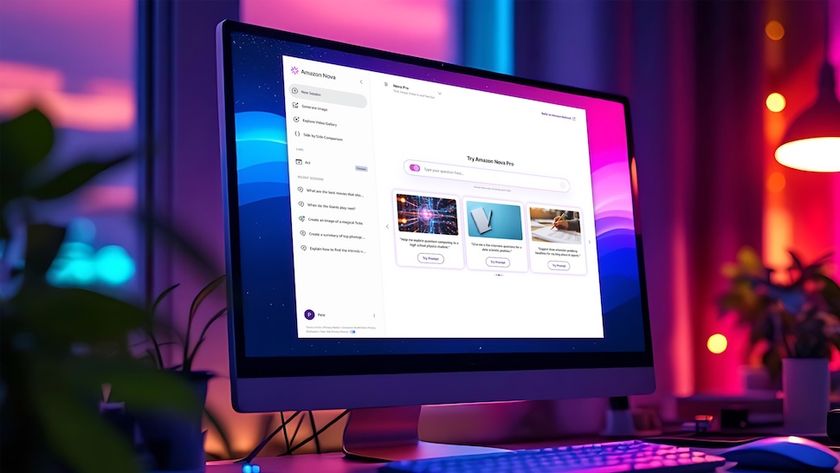Secrets of cinema: ultimate tips for the best movie experience
Take your movie watching to the IMAX!
Are you sitting comfortably...
If you are not up for bubbles and smells, but still want to make your cinematic experience that bit more interactive and immersive, then try a D-Box screening. Only available in the US, UK and Canada right now, D-Box seats are programmable motorised chairs that move with the action of the film.

It's a pricier experience, but you can press buttons on the chair to amplify how much shaking and rolling you want and the chair will react to what's going on on screen, enhancing your viewing experience "mimicking anything from a punch to a sky dive".
IMAX Power
IMAX is expensive, but with a screen that spans floor to ceilling, it's also incredibly immersive. "One crucial component of the IMAX Experience is our patented theatre design, which refers to the shape of the auditorium and how the seats are placed." explains Brian Bonnick, IMAX's chief technology officer to TechRadar.
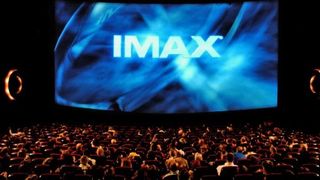
"Standard movie auditoriums are long and narrow, to get the most people in, with the screen way off at the far end. The distinctive shape of an IMAX theatre is designed to bring the audience not only closer to the screen, but better-positioned in relation to it. The result is a full panoramic view that fills your peripheral vision more than any other cinematic experience and gives you the feeling you're part of the action."
Sit around the middle and towards the back for the best view with the least neck ache. Watching films shot on IMAX camera will enhance things further.
"Dolby Atmos gives film directors and content creators a new creative freedom"
The Hunger Games: Catching Fire was partially shot on IMAX, and Michael Bay's Transformers 4, which is currently shooting, will use a brand new IMAX 3D digital camera.
Get daily insight, inspiration and deals in your inbox
Sign up for breaking news, reviews, opinion, top tech deals, and more.
Sound advice
Dolby Atmos is a relatively new cinema audio system that means it's possible to place sound anywhere in the theatre rather than just where there are speakers "creating the most engaging and life-like cinema sound experience ever," according to Dolby's Guy Hawley, Senior Director of Cinema Sales, EMEA. "Dolby Atmos gives film directors and content creators a new creative freedom to tell their stories and give audiences the full impact and experience, just as the artist intended and regardless of the size and shape of the cinema."
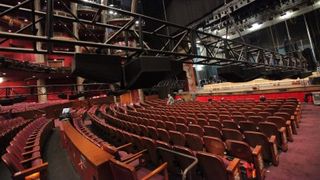
The first film to use Dolby Atmos was Brave in 2012, though according to Hawley, Dolby Atmos is also great for horror films, heightening the suspense and impact.
There are currently 75 movies using Atmos technology, including the upcoming movies The Hunger Games: Catching Fire and Gravity, though there aren't any cinemas In Australia that support the new sound tech yet.
Two screens are better than one
Parent and baby screenings are common, but in September, Disney introduced a child and tablet screening. The studio re-released The Little Mermaid with a new app that it encouraged audiences to download, which contained games and singalongs they could interact with during the movie.

For highly media savvy kids, second screen experiences could be the way for studios to make older catalogue titles relevant. And second screen movies aren't just for children.
After the massive backlash and subsequent debate caused when ex-Google exec Hunter Walk published a blog calling for specialist tech screenings with low lights and power points for people who want a second screen experience (or just to check your email and mess about on Twitter), it's possible we could see segregated screenings popping up in the future where people are encouraged to use tablets and smartphones.
We're not convinced it'll take off, but as long as devices are banned from standard screenings, this could be a way to integrate tech for those who want it without disturbing those who want to preserve the sanctity of that pitch black magic.
- Read how Monsters University was made in our exclusive Pixar interview.
- 1
- 2
Current page: Secrets of cinema: from vibrating seats to IMAX
Prev Page Secrets of cinema: from 3D to 4D






